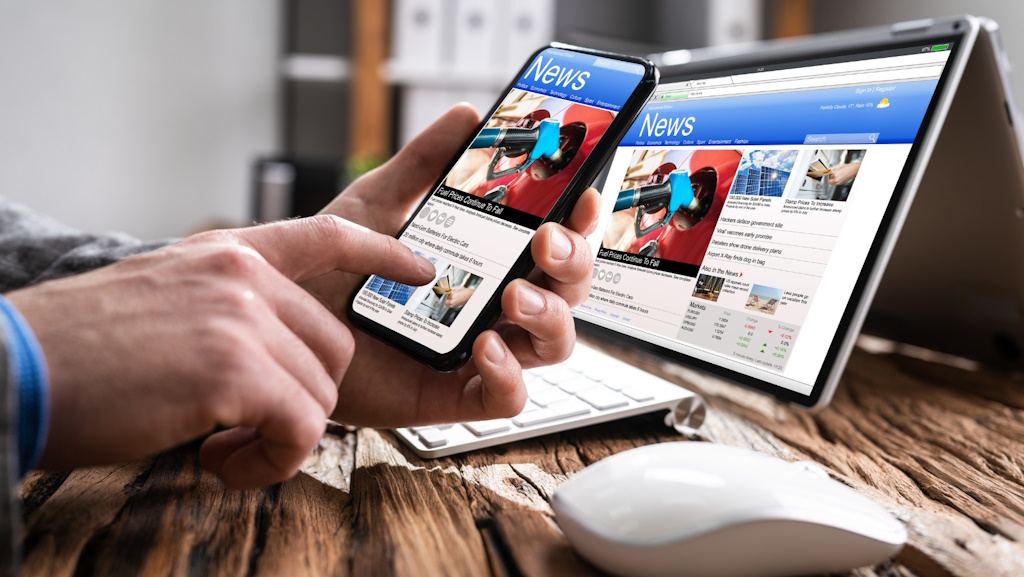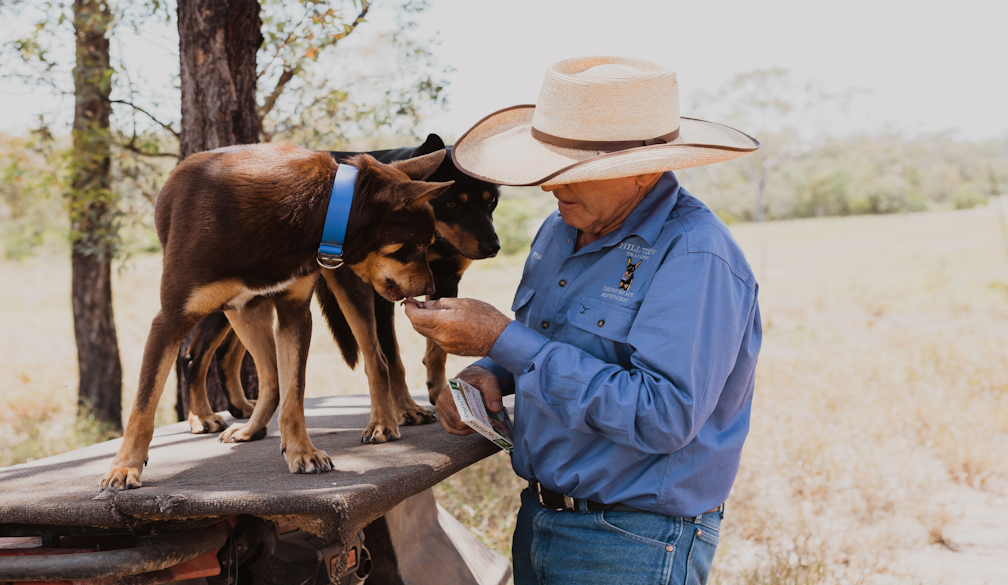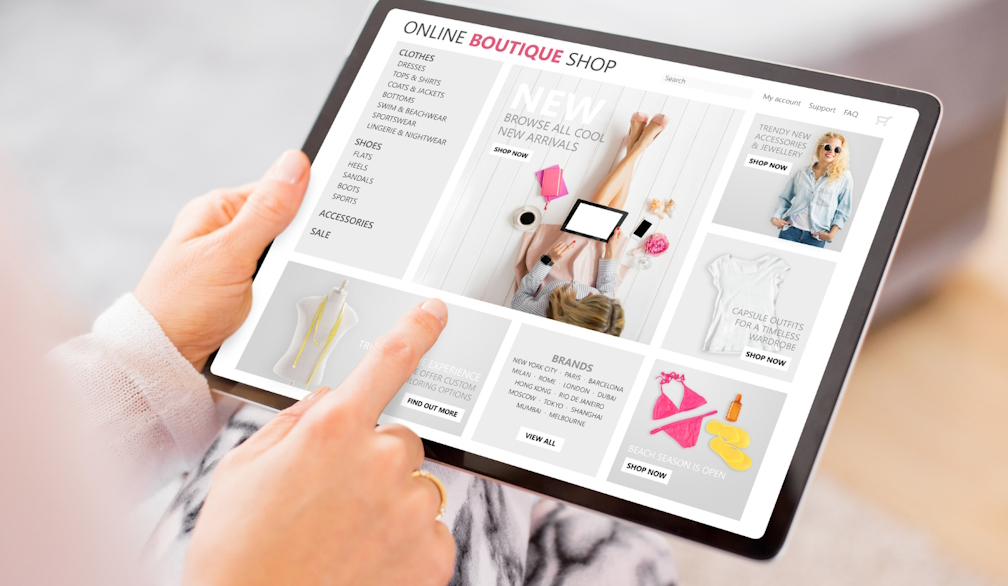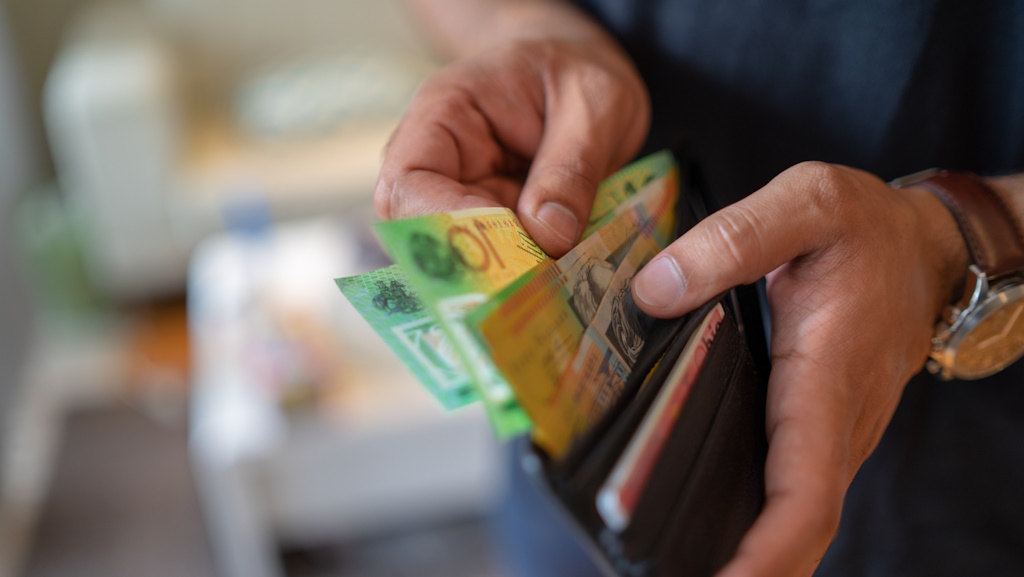Sponsored Content

Sponsored Content
Sponsored content is business information placed on websites that are not owned by the business sharing the information.
Sponsored Content also known as Native Advertising or Branded Content is intended to showcase, highlight, explain and ifnorm people about the prodcuts or services of a business.
It is expected but not always true, that deceptive or misleading content is not placed on the Internet. An example of online deception would be stories appearing on websites about the benefits of joining a dodgy crypto trading platform. Such content hijacks the credibility of the website publishing the sponsored content in order to gain a short term gain.
At The Times Australia, we publish accurate, true and verifiable articles that are sent to us by public relations professionals, marketing agencies and even directly from businesses.
We examine each submission to determine its informative value, accuracy and whether it contains information that will educate the community.
Often Sponsored Content is sent to us for publishing merely to obtain a link back to a business but we scrutinise each piece of writing to determine whether or not an item with hyperlinks on keywords, links to a business that can be trusted.
Probably the largest and most effective form of sponsored content publication is the placement of sponsored content on Google in the form of Sponsored Posts in natural Google Search results.
Paying Google to link to Native Content or Branded Content is effective but at the same time it is expensive.
At The Times Australia, we publish sponsored content on behalf of businesses at a one time cost and the item remain on our websites indefinitely. There are no annual renewal fees.
Gaining publicity through sponsored content is a highly rewarding marketing device for promoting a service or product across diverse target audiences.
Branded content will help businesses to elevate their online visibility and generate meaningful commercial engagement with a target audience. Successful sponsored content campaigns all have quality copy creation prepared with a broad knowledge of the principles of SEO.
Find out more
Get in touch with The Times Australia to learn more about the benefits and weaknesses of sponsored posting.Call 1300 660 660 or email us at editor@TheTimes.com.au
What is sponsored content?
Sponsored content refers to any content that a brand pays to have published and distributed, and in some cases, created.
This can include a blog post with links to your website or a video posted by an influencer on Instagram promoting your product. There are various forms of sponsored content, and usually, it blends in with the regular content on the distribution platform, but is sponsored by an external advertiser. The main purpose of sponsored content is to promote a brand in a way that feels less intrusive than traditional online advertisements, such as banner ads or pop-ups. It seamlessly integrates with the platform, making it less obvious as an ad and resulting in better engagement with the audience.
Sponsored Content vs. Native Advertising Sponsored content is sometimes referred to as "native advertising". These terms can be used interchangeably as they both refer to marketing strategies. Some SEO experts consider sponsored content as a type of native advertising, while others believe that in native advertising, the advertiser creates the ad themselves, while in sponsored content, a third-party company is paid to create and publish the content.
There is no consensus on whether these terms mean the same thing or not. However, they both fall under the broader category of content marketing strategies that aim to present promotional content in a way that blends naturally with the user experience. The most commonly accepted definition of native advertising is "advertising where the content of the ad matches the platform or medium it is presented on, but is clearly labeled as 'sponsored' or 'promoted' to indicate that it is paid content".
Essentially, native ads are designed to seamlessly integrate with the surrounding content, providing a less intrusive experience for users.
This guide aims to assist individuals in avoiding plagiarism while paraphrasing. Proper citation of information obtained from external sources is essential to acknowledge the original author. Not only does this show respect for their work, but it also helps to prevent any potential legal complications. In order to prevent plagiarism, it is crucial to provide appropriate citations for any information obtained from external sources.This not only demonstrates appreciation for the original writer's efforts, but also avoids any potential legal issues. An example of sponsored content could be an article in a tech magazine, funded by a software company but written by the magazine's own writer. This type of article may discuss industry trends while subtly promoting the software company's solution and including a backlink.
A prime example of native advertising would be the "you might also like" sections found at the bottom of many online articles. While they may appear similar to other articles on the site, clicking on them leads to content that promotes a product or service.
Types of sponsored content
There are various forms of sponsored content available depending on the platform and the intended audience. Some of the popular formats include visual content, such as photos and videos, articles, podcasts, and even sponsored social media content, movies, and listicles. Visual content, which includes photos, infographics, short clips, and full-length features, are effective in telling a story or informing viewers about a particular topic while also subtly promoting a brand.
This type of content is engaging as people tend to process visual information faster and retain it better than text. Sponsored articles, on the other hand, are the most commonly used form of sponsored content. They are written pieces that resemble the platform's editorial content and are meant to be informative, interesting, and subtly promote a product, service, or brand.
Sponsored posts offer mutual benefits for both the brand and the content creator. When done effectively, sponsored content can successfully expand their audiences. Let's take a closer look at some reasons why brands and creators should consider incorporating sponsored posts into their strategy.
Brands can leverage sponsored posts to reach the creator's established audience, ensuring that the content is seen by engaged and loyal followers. These creators typically have specific audiences, making it easier for brands to select creators whose followers align with their target demographic. Audiences tend to trust and value recommendations from their favorite creators more than traditional advertisements.This trust can result in a positive reception for brands, and sponsored posts can be a more cost-effective option, especially when considering the potential for higher engagement and conversion rates.
For many creators, sponsored content is a significant source of revenue that allows them to continue producing content and growing their platform. By collaborating with relevant brands, they can also introduce their audiences to products and services that align with their interests. Working with brands can also provide access to higher production values and early access to events and products, creating new opportunities for creating impactful content.
Partnering with reputable brands can also enhance a creator's credibility and reputation, potentially leading to long-term relationships with strong brands.
A guide to creating sponsored content: dos and don'ts. Now that we have a clear understanding of sponsored content and its benefits for both creators and brands, let's discuss the important dos and don'ts to keep in mind when planning a sponsored content campaign.The Dos:
1. Be transparent - It is crucial to always disclose that your content is sponsored. This not only builds trust with your audience but is also necessary to comply with advertising regulations. Use clear and explicit labels like "#sponsored" or "Ad" on your content.
2. Know your audience - It is important to identify and understand your target audience. Conduct research to learn about their preferences and interests. This will help your content resonate better with them.
3. Provide value - Make sure your content offers something of value to your audience, whether it's information, entertainment, or a solution to their problem. This will increase engagement.
4. Choose the right platform - It is essential to use the right platform and content to connect with your target audience. For example, younger audiences might prefer platforms like TikTok or Instagram, while a professional audience on LinkedIn might prefer long-form articles or infographics.
5. Test and optimize - Use analytics to track the performance of your content. Based on the results, adjust and refine your approach.
The Don'ts:1. Avoid being too promotional - Audiences can easily be put off by content that feels like a sales pitch. Aim for a balance between useful content and promotion.
2. Do not hide the sponsored nature - Always be transparent about the sponsorship. Trying to conceal it can backfire, leading to a loss of trust and even legal consequences.
3. Never compromise on quality - Just because it's an advertisement does not mean it has to be of low quality. Ensure that all your content is well-researched and well-written.
4. Do not ignore feedback - If your audience provides feedback, take it into consideration. Use it as an opportunity to learn and improve.
Sponsored Content on Social MediaFacebook is a highly favored platform for sponsored content due to its advertiser-friendly features, advanced targeting tools, and its vast monthly active user base of over 3 billion. Through live videos, brands can engage with their audiences in real-time for product launches or Q&A sessions. Advertisers can also utilize carousel ads to showcase multiple images or videos in a single ad, making it ideal for displaying a range of products or telling a story. Sponsored posts can appear directly on users' feeds and can be customized to target specific demographics. They function like regular posts, but brands can pay to expand their reach beyond their followers.
LinkedIn is another platform that is great for sharing longer content such as case studies and industry insights, engaging with the professional community through relevant questions or valuable information. It is also effective for promoting webinars and professional events, as well as collecting leads directly through lead gen forms on sponsored posts without users having to leave the platform.
To get started with sponsored posts, it is crucial to define your objectives and understand what you want to achieve, whether it is brand awareness, website traffic, or sales conversions. This also involves identifying your target audience, including their age group, interests, and demographics. Once you have determined your target audience and objectives, it is time to select the appropriate platform. It is beneficial to collaborate with relevant influencers with high engagement rates.
Tools like Upfluence or Brandwatch can assist in identifying the right influencer. From the influencer's standpoint, it is important to create a media kit that includes information about their audience demographics, engagement rates, past collaborations, and testimonials from previous brands they have worked with.
The Times Australia offers a seamless content marketing platform for brands and publishers to collaborate on sponsored articles that resonate with readers. With an extensive network of publishers, brands can reach diverse audiences with ease. The platform is easy to use and order content with, simplifying the entire content distribution process.
For brands looking to amplify their reach and gain credibility, The Times Australia provides a trustworthy and efficient solution.
How to order sponsored content with The Times Australia?
Begin by registering an account on the The Times Australia platform or logging in if you already have one. Fill out your company's profile, ensuring all details are accurate. This helps in tailoring the experience and matching with appropriate publishers.
Search and browse through the list of publishers available on the platform. You can filter by niche, audience size, demographics, and other criteria to find the best fit for your brand. Determine your budget for the sponsored content – this will often influence which publishers you can collaborate with.
Once you've selected a publisher, proceed to order content. Outline your requirements, such as the topic, style, any specific points to cover, and the desired length of the article. After the content is written, it will be sent back for your review. Check for accuracy, alignment with your brand, and overall quality. Provide feedback or request revisions if necessary.
After the content is live, monitor its performance. The Times Australia offers useful analytic tools to help track engagement, reach, and other metrics. Measuring the success of sponsored content marketing is crucial for understanding ROI and making informed decisions for future campaigns. Look at the most important metrics:
Metrics for Engagement - Likes, Shares, and Comments:
These are fundamental metrics that provide valuable insights on how your audience is engaging with your content. The Click-Through Rate (CTR) measures the number of viewers who clicked on links within your content, directing them to your website or a specific landing page.
Dwell Time is a metric that indicates the amount of time users spend on your content - a longer duration typically indicate more engaging content. Conversion metrics track Generated Leads, which are the number of leads (such as sign-ups or completed contact forms) that originated from your sponsored content.
Sales Conversion measures the number of sales that can be directly attributed to your sponsored content.
The Conversion Rate is the percentage of users who take a desired action after interacting with your content.
Metrics for Reach - Total Impressions and Unique Impressions: Total Impressions track the number of times your content was displayed on a screen, while Unique Impressions monitor the number of individual users who saw your content. Regularly measuring success is crucial in refining your strategy over time, achieving better results with each new campaign.
Apply the tips presented in this article and put them into practice with The Times Australia with time and effort, you will witness growth in your audience and online reach.
Find out more
Get in touch with The Times Australia to learn more about the benefits and weaknesses of sponsored posting.Call 1300 660 660 or email us at editor@TheTimes.com.au




















